- About us
- Support the Gallery
- Venue hire
- Publications
- Research library
- Organisation chart
- Employment
- Contact us
- Make a booking
- Onsite programs
- Online programs
- School visit information
- Learning resources
- Little Darlings
- Professional learning
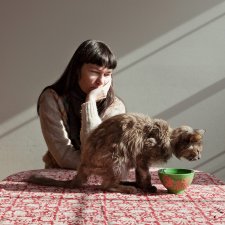
The National Photographic Portrait Prize exhibition is selected from a national field of entries that reflect the distinctive vision of Australia's aspiring and professional portrait photographers and the unique nature of their subjects.
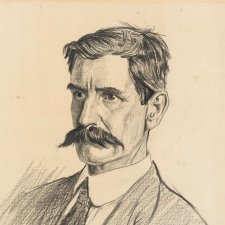
This exhibition illustrates changes in beards, moustaches and sideburns from the 1780s to the 1980s.
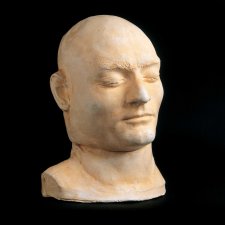
Death masks, post-mortem drawings and other spooky and disquieting portraits... Come and see how portraits of infamous Australians were used in the 19th century.
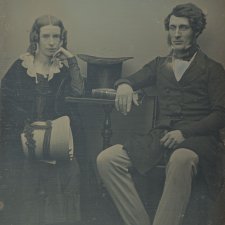
'I have just been to my dressing case to take a peep at you.
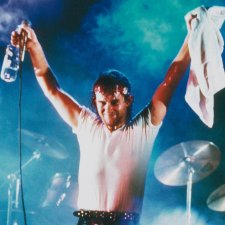
Celebrate the people, places and sounds of Australian pub rock and its enduring impact on our nation’s identity.
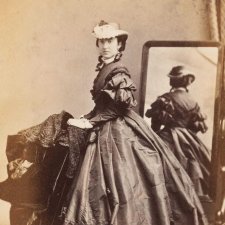
Drawn from the NPG’s burgeoning collection of cartes de visite, Carte-o-mania! celebrates the wit, style and substance of the pocket-sized portraits that were taken and collected like crazy in post-goldrush Australia.
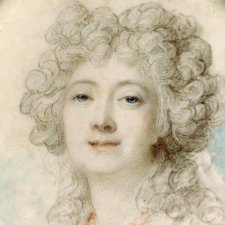
Joanna Gilmour looks beyond the ivory face of select portrait miniatures to reveal their sitters’ true grit.
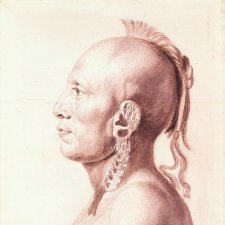
Joanna Gilmour examines the prolific output of Charles Balthazar Julien Févret de Saint-Mémin, and discovers the risk of taking a portrait at face value.
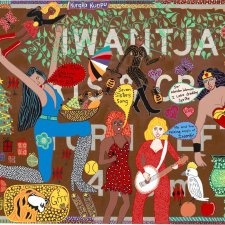
Joanna Gilmour reflects on merging collections and challenging traditional assumptions around portraiture in WHO ARE YOU.
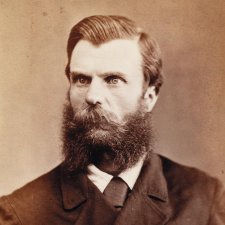
Photography played a significant role in the circulation of messages about law and order, and in the creation of sensation and celebrity.
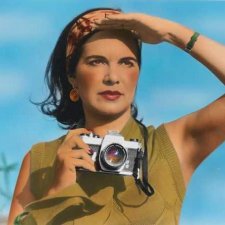
Despite once expressing a limited interest in the self portrait, the idea of it has figured strongly in much of Tracey Moffatt's work and has done so in some of her most distinctive and compelling images.

Just after 10.00 o'clock on 3 December 1879, four prisoners were brought from their cells at Darlinghurst Gaol and placed in the dock of a courtroom heaving with agitated spectators
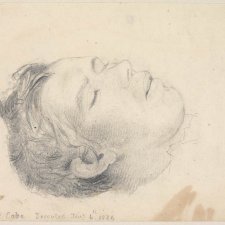
James McCabe provides proof that hanging wasn’t necessarily a fate reserved for the perpetrators of murder and other deeds of darkest hue.

Waxworks were among the various types of entertainment venue to emerge in Australian cities in the mid-nineteenth century.
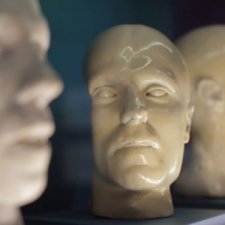
Though initially developed by physicians, phrenology was taken up by certain non-medical practitioners who applied the theory to social questions such as education and criminal reform.
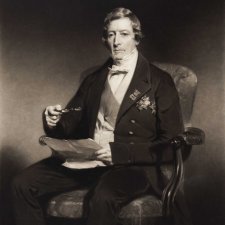
It has been suggested that Sir Thomas Brisbane’s interest in the New South Wales governorship was as attributable to his passion for astronomy as to the desirability of the position as a prestigious career move.